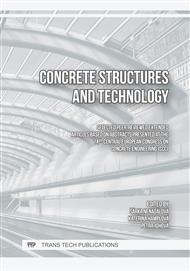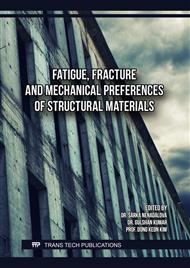p.3
p.11
p.19
p.29
p.39
p.51
p.61
p.67
p.81
The Sweating Slab Syndrome - A Scientific Analysis
Abstract:
The Sweating Slab Syndrome (SSS) was first mentioned in 2005 [3] and has further been discussed in [1], [2], [5], [6]. The condition is typically marked by the build-up of moisture in so-called big-box warehouse buildings on the top surface of concrete slab-on-ground construction which, when severe, can interfere with the routine operations of the facility, e.g. forklift traffic. The buildings are typically located in southern to southeastern regions of the United States and have non-climate controlled indoor environments. After drying, residues remain on the surface of the slab-on-ground, which have been identified as carbonation products of alkaline salts. Speculations as to the cause of this syndrome have included dew-point condensation, high vapor permeability of the slab, the troweling finishing process, bond breaker influence, unreacted silicates from integral or spray applied admixtures, and the absence of vapor retarder sheets under the slab. None of the speculated causes have been given supporting data or studied in detail, however. To determine the cause of the SSS, Wiss, Janney, Elstner, Associates, Inc. (WJE) applied a standard scientific methodology in 2019 consisting of three parts. The first part of this methodology was to collect data through observation, instrumentation, numerical simulation, and laboratory analysis. Second, a set of hypotheses was generated based on the data collection and logic. Finally, collected data was paired with one or multiple hypotheses in a logical way to disprove or support their validity. Results will be shown.
Info:
Periodical:
Pages:
39-50
Citation:
Online since:
May 2025
Authors:
Keywords:
Price:
Сopyright:
© 2025 Trans Tech Publications Ltd. All Rights Reserved
Share:
Citation:



